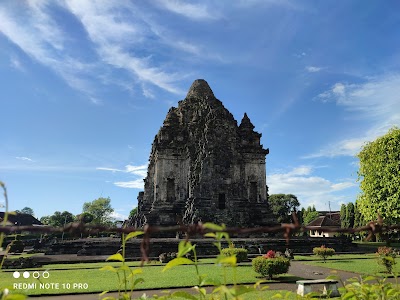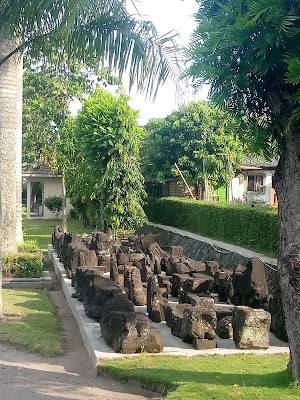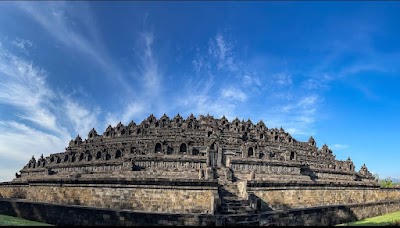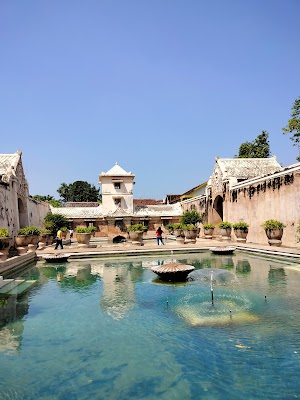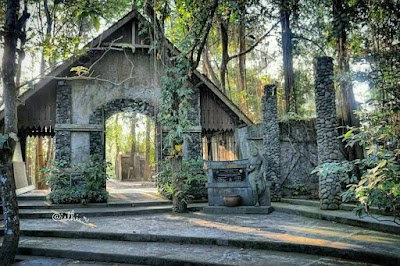Kalasan Temple (Candi Kalasan)
Overview
Introduction to Kalasan Temple
Kalasan Temple, or Candi Kalasan, is a stunning 8th-century Buddhist temple located in the serene region of Yogyakarta, Indonesia. This exquisite structure, built during the reign of the Syailendra Dynasty, is one of the oldest temples in Central Java. Nestled amidst lush green rice fields and gently rolling hills, Kalasan Temple offers a glimpse into the rich spiritual and architectural heritage of Indonesia. For travelers seeking a deeper understanding of Javanese culture and history, this temple is a must-visit destination.
Architectural Splendor
The architecture of Kalasan Temple is a testament to the artistry of ancient Indonesian craftsmen. Constructed primarily from volcanic stone, the temple features intricate carvings and motifs that reflect both Buddhist and Hindu influences. The temple's unique design includes a square base with a central stupa, surrounded by various smaller shrines. The stupa, which is adorned with beautiful reliefs, symbolizes the path to enlightenment. Visitors will be captivated by the detailed carvings that depict scenes from Buddhist teachings, flora, and fauna, showcasing the skill and creativity of the artisans of that era.
Historical Significance
Kalasan Temple holds immense historical significance. It is believed to have been built to honor the Buddhist goddess Tara and serve as a place of worship for Buddhist monks. The temple was part of a larger complex, which included the nearby Candi Sari, a smaller but equally fascinating temple that was likely used for meditation. As you explore the temple grounds, you can sense the spiritual energy that has lingered for centuries. The temple's significance extends beyond its religious purpose; it represents the cultural and artistic achievements of the ancient Javanese civilization.
Visiting Kalasan Temple
Visiting Kalasan Temple offers an enriching experience for travelers. The site is relatively accessible, located just a short drive from the bustling city of Yogyakarta. The entrance is usually free or requires a nominal fee, making it an attractive option for budget-conscious travelers. As you stroll around the temple, take your time to appreciate the intricacies of the carvings and the peaceful ambiance. Early morning or late afternoon visits provide the best lighting for photography, casting a beautiful glow on the stonework.
Practical Tips
When planning your visit to Kalasan Temple, consider wearing comfortable shoes, as the grounds can be uneven. It's also advisable to dress modestly, as it is a sacred site. Bringing along water and some snacks can make your visit more enjoyable, as there are limited facilities in the vicinity. Engage with local guides if available; they can provide valuable insights and stories that enrich your understanding of the temple’s history.
Conclusion
Kalasan Temple is not just a historical monument; it is a gateway to understanding the spiritual and artistic legacy of Indonesia. For travelers eager to explore the heart of Javanese culture, a visit to this ancient temple is an unforgettable journey through time. Whether you're a history buff, an architecture enthusiast, or simply seeking tranquility, Candi Kalasan will leave you with a deeper appreciation for the beauty and complexity of Indonesia’s heritage.


